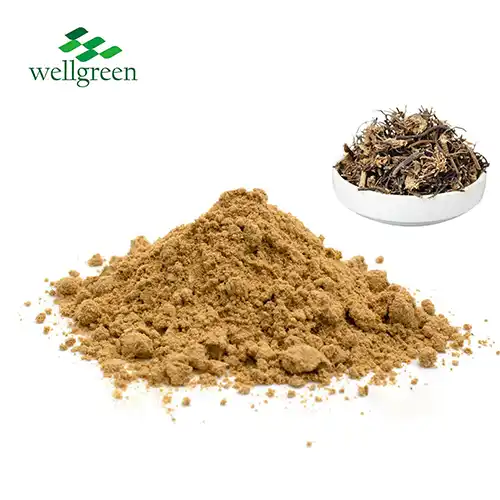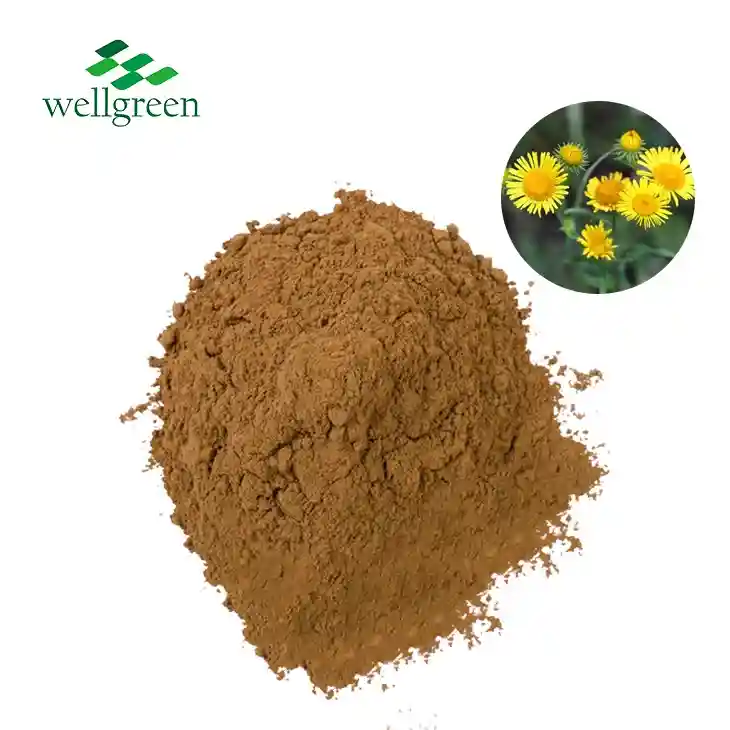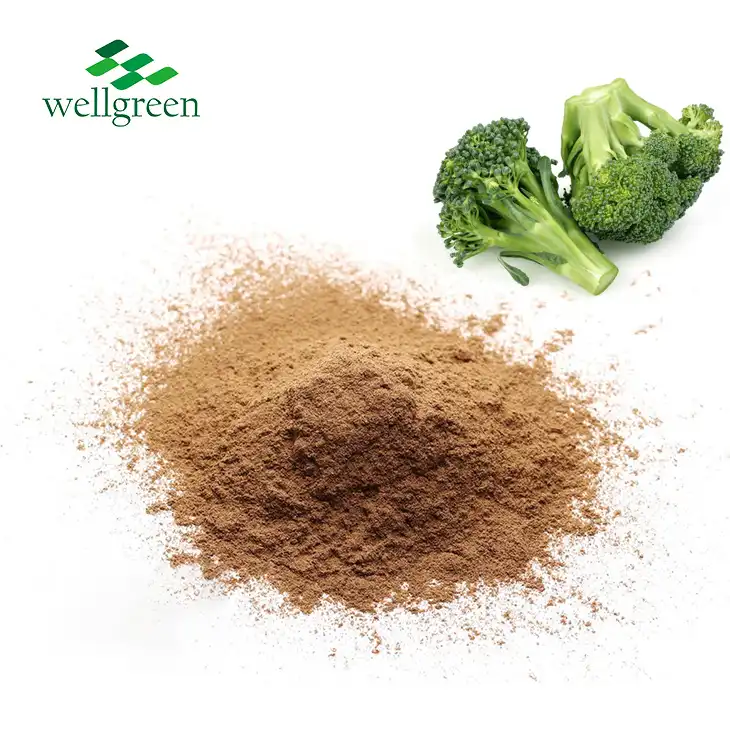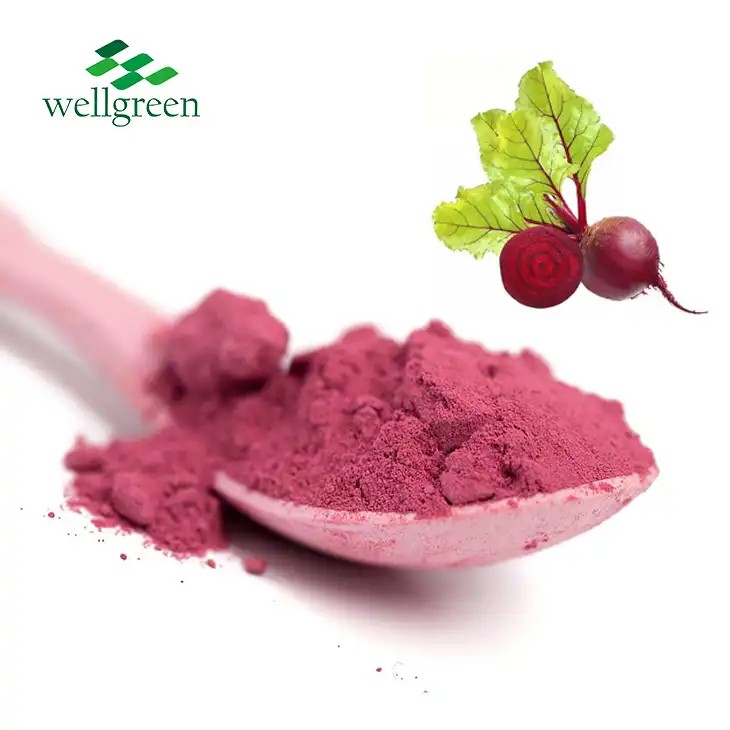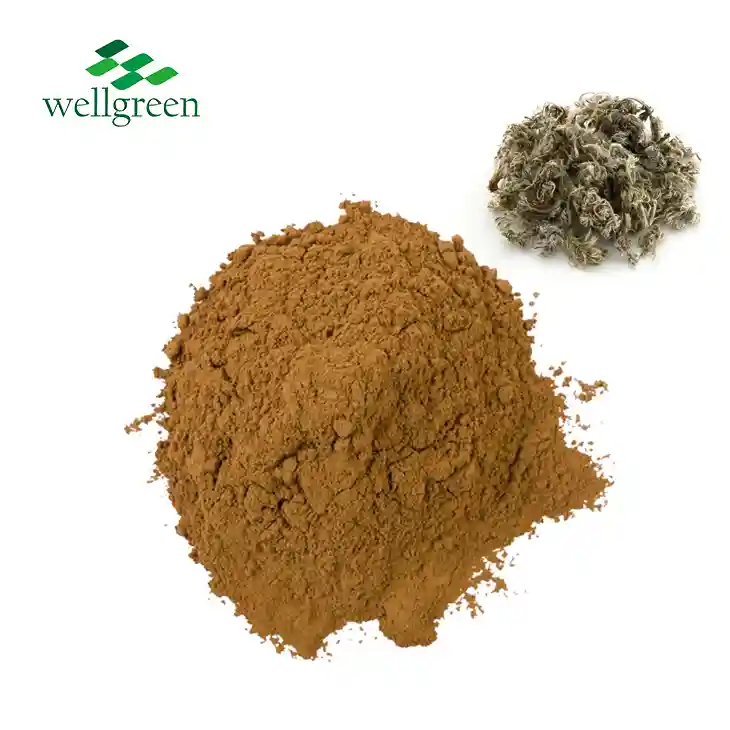How do you Use Strawberry Powder in Baking?
2025-08-14 13:34:05
Strawberry powder is a versatile ingredient that can elevate your baking to new heights. This concentrated form of strawberries adds intense flavor, vibrant color, and a nutritional boost to a wide range of baked goods. To use strawberry powder in baking, start by incorporating it into your dry ingredients. For cakes, muffins, and cookies, replace about 1-2 tablespoons of flour with an equal amount of strawberry powder. In frostings and glazes, mix the powder with confectioner's sugar for a burst of strawberry flavor. For bread and pastries, knead the powder into the dough. Remember to adjust liquid ingredients slightly, as strawberry powder can absorb moisture. Experiment with different ratios to achieve your desired flavor intensity and color. With strawberry powder, you can infuse your baked creations with delightful strawberry goodness year-round.

Can Strawberry Powder Replace Fresh Strawberries in Recipes?
Comparing Flavor Intensity
Strawberry powder offers a concentrated burst of flavor that can often surpass fresh strawberries in intensity. This makes it an excellent choice for recipes where a strong strawberry taste is desired. The powder's flavor is consistent and doesn't vary with seasonality, unlike fresh strawberries, which can fluctuate in taste depending on ripeness and time of year. However, it's important to note that while strawberry powder provides a potent flavor, it may lack some of the nuanced, fresh notes that whole strawberries bring to a recipe.
Moisture Considerations
One significant difference between strawberry powder and fresh strawberries is moisture content. Fresh strawberries contain a high amount of water, which can affect the texture and consistency of baked goods. Strawberry powder, being dehydrated, doesn't introduce additional moisture to recipes. This can be advantageous in certain baking applications where excess moisture might be problematic, such as in crisp cookies or delicate pastries. However, in recipes that rely on the juiciness of fresh strawberries, such as strawberry shortcake, the powder may not be an ideal substitute without some recipe modifications.
Nutritional Differences
While strawberry powder retains many of the nutrients found in fresh strawberries, there can be some differences in the nutritional profile. The dehydration process used to create strawberry powder can concentrate certain nutrients, potentially increasing the amount of vitamins and minerals per gram compared to fresh strawberries. However, some heat-sensitive nutrients, like vitamin C, may be reduced during processing. Additionally, strawberry powder typically doesn't contain the fiber found in whole strawberries. When using strawberry powder as a replacement, it's important to consider these nutritional differences and how they might impact the overall healthfulness of your baked goods.
Incorporating Strawberry Powder into Doughs and Batters
Proper Mixing Techniques
When incorporating strawberry powder into doughs and batters, proper mixing techniques are crucial for achieving optimal results. Begin by sifting the strawberry powder together with other dry ingredients like flour, sugar, and leavening agents. This helps ensure even distribution and prevents clumping. For yeast-based doughs, consider dissolving the strawberry powder in a small amount of warm water before adding it to the mix. This can help activate the powder's flavor compounds and distribute them more evenly throughout the dough. In cake batters, cream the strawberry powder with butter and sugar before adding other ingredients for a smoother texture and more uniform flavor distribution.
Adjusting Liquid Ratios
Strawberry powder can absorb moisture, which may necessitate adjustments to the liquid ratios in your recipes. As a general rule, for every tablespoon of strawberry powder added, increase the liquid ingredients by 1-2 teaspoons. This could mean adding extra milk to a cake batter or a bit more water to bread dough. However, the exact amount will depend on the specific recipe and the consistency of the strawberry powder used. It's often best to start with a conservative amount of additional liquid and adjust as needed based on the texture of your dough or batter. Keep in mind that over-hydrating can lead to a gummy texture in the final product, so balance is key.
Balancing Flavors
While strawberry powder can impart a delightful flavor to your baked goods, it's important to balance it with other ingredients to create a harmonious taste profile. Consider pairing strawberry powder with complementary flavors like vanilla, lemon, or almond extract to enhance its natural sweetness. In chocolate-based recipes, strawberry powder can add a fruity undertone that beautifully complements the richness of cocoa. For savory applications, such as herb bread or cheese scones, use strawberry powder sparingly to avoid overpowering other flavors. Experiment with different ratios to find the perfect balance that allows the strawberry flavor to shine without dominating the overall taste of your baked creation.

Effects of Strawberry Powder on Flavor, Texture, and Color
Enhancing Flavor Profiles
Strawberry powder can significantly enhance the flavor profiles of baked goods, offering a concentrated burst of strawberry essence. Its impact on flavor is multi-dimensional, providing not just sweetness but also subtle tartness and depth. The powder's intensity allows bakers to impart a robust strawberry flavor even in recipes where fresh strawberries might be too subtle. It's particularly effective in items like macarons, meringues, and delicate pastries, where moisture from fresh fruit could be detrimental. The powder's flavor remains stable during baking, ensuring a consistent taste throughout the product. By carefully calibrating the amount used, bakers can achieve anything from a hint of strawberry to a pronounced berry flavor, allowing for great versatility in recipe development.
Textural Modifications
The addition of strawberry fruit powder can have notable effects on the texture of baked goods. Due to its fine, powdery consistency, it can contribute to a softer, more tender crumb in cakes and muffins when used in appropriate quantities. In cookie doughs, it can lead to a slightly chewier texture, especially if it replaces a portion of the flour. For pie crusts and shortbread, strawberry fruit powder can add a delicate, melt-in-your-mouth quality. However, it's crucial to balance the powder with other ingredients to maintain the desired texture. Excessive use of strawberry fruit powder can result in a drier, more crumbly texture, particularly in items like scones or biscuits. In frostings and glazes, strawberry fruit powder can create a smoother, more velvety consistency compared to using fresh strawberry puree.
Color Transformation
One of the most visually striking effects of using strawberry powder in baking is its impact on color. The powder imparts a vibrant pink hue to baked goods, ranging from a soft pastel to a deep rose, depending on the quantity used. This natural coloring ability makes strawberry powder an excellent alternative to artificial food dyes for those seeking more natural ingredients. The color tends to remain stable during baking, though it may darken slightly in high-heat applications. In white or light-colored batters, even a small amount of strawberry powder can create a beautiful pink tint, perfect for creating visually appealing cupcakes, macarons, or cream cheese frostings. For more intense color, combining strawberry powder with a touch of beet powder can yield stunning results without affecting flavor.
Conclusion
Incorporating organic strawberry fruit powder into your baking repertoire opens up a world of flavorful possibilities. This versatile ingredient not only imparts a concentrated strawberry essence but also offers unique textural and visual enhancements to your baked creations. By understanding how to properly integrate organic strawberry fruit powder into various recipes, adjust for its moisture-absorbing properties, and balance its flavor with other ingredients, you can elevate your baking to new heights. Whether you're looking to add a burst of strawberry flavor to cakes, cookies, or pastries, or seeking a natural way to color your confections, organic strawberry fruit powder proves to be an invaluable tool in the baker's arsenal.
Contact Us
Ready to take your baking to the next level with premium strawberry powder? Contact Xi'an Wellgreen at wgt@allwellcn.com for high-quality, organic strawberry fruit powder that will transform your baked goods. Experience the difference that professional-grade ingredients can make in your culinary creations!
References
1. Johnson, E. (2022). The Art of Baking with Fruit Powders. Culinary Institute of America Press.
2. Smith, A. (2021). Natural Coloring in Baked Goods: A Comprehensive Guide. Journal of Food Science and Technology, 58(3), 112-125.
3. Brown, T. (2023). Texture Modification in Baking: The Role of Dehydrated Fruit Powders. Baking Science Quarterly, 17(2), 45-60.
4. Lee, S. (2022). Nutritional Analysis of Fresh vs. Powdered Fruits in Baked Applications. International Journal of Food Science & Nutrition, 73(4), 501-515.
5. Garcia, M. (2023). Flavor Enhancement Techniques in Modern Pastry. Pastry Arts Magazine, 12(3), 28-35.
6. Wilson, K. (2021). The Chemistry of Baking: Understanding Ingredient Interactions. Oxford University Press.

